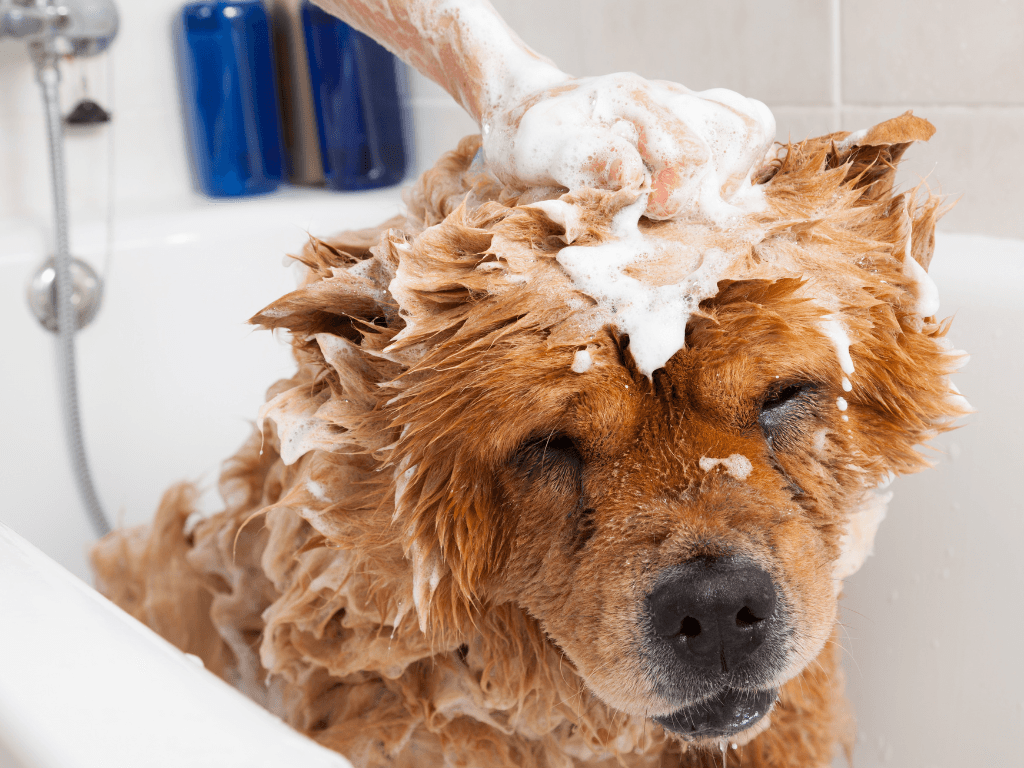-
View Larger Image

Most pet parents love to give their pets a little extra attention, and if you are looking for a new way to do this, grooming your pet is an excellent place to begin. Grooming allows you and your pet to bond. It makes them look and smell good, but it’s about more than just good looks. A regular grooming schedule can help you catch health issues early in their progression, resulting in quicker treatment and a better quality of life for your pet.
Whether you groom your pet yourself or schedule time at a grooming salon, learning about all the benefits of grooming will help you keep your pet on the path to good health.
Skin and Coat Care
With regular grooming, you may find the following skin and coat issues that we can treat early:
- Lumps and bumps
- Dermatitis
- Parasites (fleas, ticks, tapeworms)
- Hot spots (may manifest as licking excessively in one area)
- A generally dirty or unkempt coat (may indicate an underlying medical condition)
For most pets, the basics of skin and coat care are:
Bathing – Bathing removes excess oil, dead hair, and dead skin cells. Human shampoo is too harsh for pets, so a gentle pet shampoo (such as aloe or oatmeal) used once a month is best for dogs. Most cats don’t need regular baths unless they have a skin condition or have trouble grooming themselves due to age or arthritis. If your cat stops grooming themself or if their coat has a dirty or unkempt appearance, call us to schedule an appointment so we can rule out a medical condition.
Brushing – Like bathing, daily brushing can remove dead hair, spread beneficial oils throughout the coat, and prevent matting and pulling in long hair breeds. In addition, removing excess hair prevents matting and minimizes hair swallowed by cats when they groom themselves, leading to fewer hairballs. Depending on your pet’s coat length and condition, they may need daily or weekly brushing.
Trimming – Pets with long hair need regular trimming of the hair near their ears, eyes, and feet. Long hairs near the eyes can cause corneal abrasions, and it’s important to keep ears and feet hygienic and debris free. Trimming needs depend on each pet’s coat type and tend to be breed-specific, so if you have questions, call us.
Prevent Ear Infections
Ear infections are a common problem in dogs, and we see them more often in floppy-eared breeds (Labradors, spaniels) and dogs with smaller ear canals. The most common sign is your pet scratching at their ears or frequently shaking their head. Ear infections are painful and can result in secondary yeast infections, scarring, and hearing loss if they become chronic. Some pets should have their ears cleaned weekly and after swimming or bathing. Your veterinarian can prescribe a gentle, pet-specific ear cleaning solution, and our team can show you how to clean your dog’s ears at home. Call us to schedule an appointment if you notice a foul or yeasty odor coming from your pet’s ears.
Nail Care and Trimming
Long, overgrown nails can cause pets to have trouble walking, injure paw pads, and cause joint pain when they alter your pet’s natural gait. In addition, overgrown nails are more prone to tearing and breakage, which can be very painful for your pet. Nails should be trimmed every two to six weeks, depending on how quickly the nails grow. Some pets become stressed by nail trimming at home, so give us a call if this is the case for your pet so that we can help.
Regular grooming can keep your pet looking and feeling their best. Please call us if you have questions or concerns about your pet’s nail, ear, or skin care.
Share This Story, Choose Your Platform!

